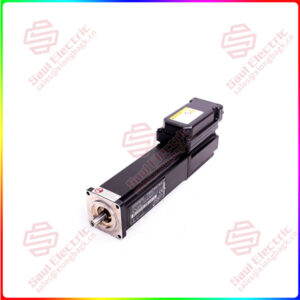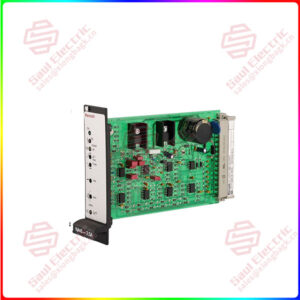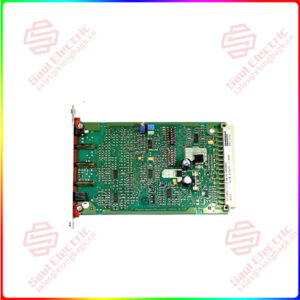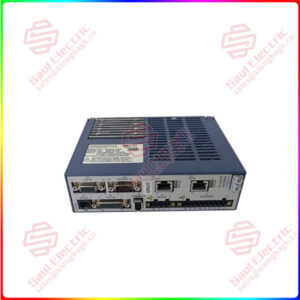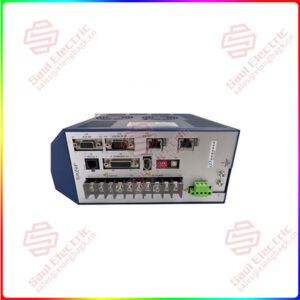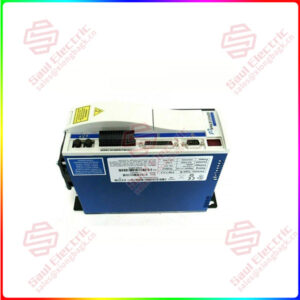Description
Overview
Essential details:A06B-0502-B068#7000 FANUC Motor AC servo
The AC servo motor is similar in structure to a single-phase asynchronous motor, and its stator core is placed with a two-phase winding with a space difference of 90° electrical Angle. One is the field winding and the other is the control winding. When the motor is working, the excitation winding is connected to the single-phase AC voltage, and the control winding is connected to the control signal voltage, and the two phase voltages are required to be of the same frequency.
The rotor of AC servo motor has two structural forms. One is the cage rotor, which is similar to the cage rotor of the ordinary three-phase asynchronous motor, but it is more slender in shape, which reduces the moment of inertia of the rotor and reduces the electromechanical time constant of the motor. The cage-rotor AC servo motor is large, the air gap is small, the required excitation current is small, the power factor is high, the mechanical strength of the motor is large, but the fast response performance is slightly poor, and the low speed operation is not smooth enough.
The other is a non-magnetic hollow cup-shaped rotor, the rotor is made of a cup-shaped structure, in order to reduce the air gap, there is an internal stator in the cup-shaped rotor, the internal stator is not set on the winding, only plays a magnetic role, the rotor is made of aluminum or aluminum alloy, the cup wall thickness of 0.2~0.8mm, the moment of inertia is small and has a large resistance. Hollow cup rotor AC servo motor has the advantages of fast response and smooth operation, but it has complex structure, large air gap and large load current, and low power factor.

A06B-0502-B068#7000
lf you need to inquire or purchase ,please send the product models to my email or call medirectly .
sunny He
[Email] sales@saulcontrol.com
[Mobile] 86-18059884797
[WhatsApp] 86-18059884797
[Skype] sales@saulcontrol.com
A06B-0502-B068#7000 FANUC Motor AC servo


 1 Year Warranty
1 Year Warranty
